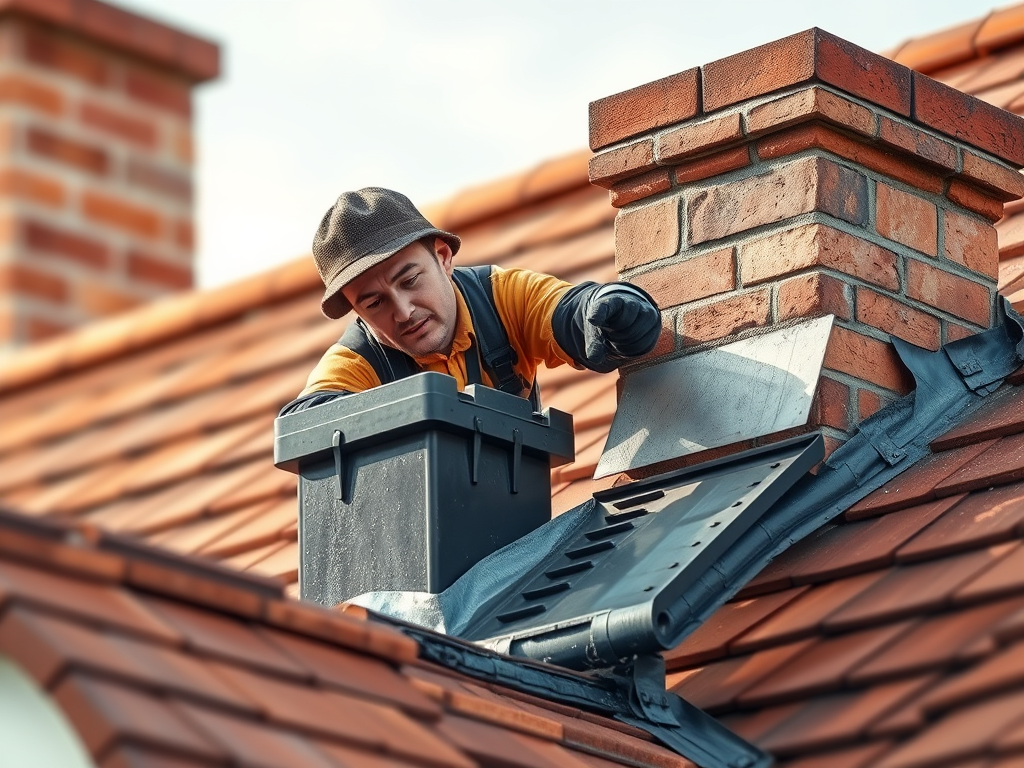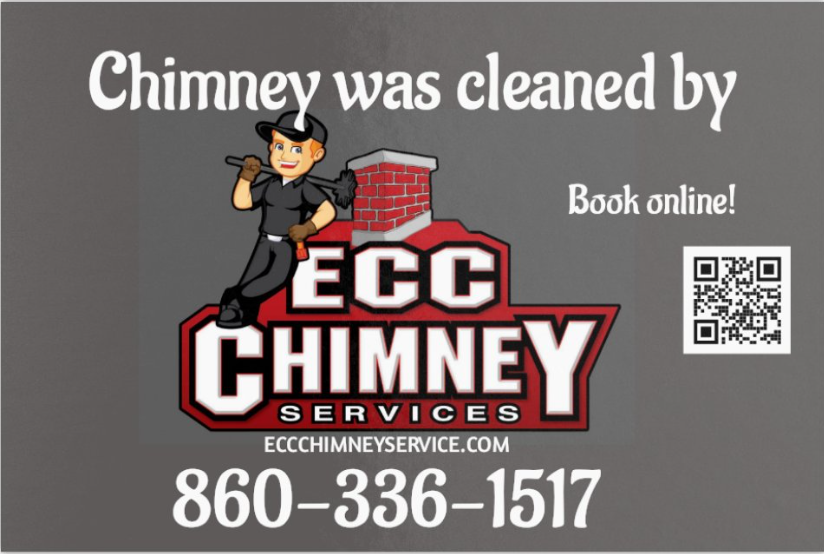To help prevent chimney fires and carbon monoxide exposure while ensuring the proper operation of heating appliances and fireplaces, consider the following guidelines:
- Schedule an Annual Chimney Inspection: Arrange for a certified chimney service technician to inspect your chimney each year and clean it as needed. Regular maintenance reduces the risk of fires and carbon monoxide poisoning caused by creosote accumulation or blockages.
- Maintain Clear Surroundings: Ensure tree branches and leaves are kept at least 15 feet from the chimney’s top to prevent obstructions and maintain safety.
- Install a Chimney Cap: Equip your chimney with a cap to prevent debris, animals, and other materials from entering and causing blockages.
- Select Appropriate Fuel: When using wood stoves or fireplaces, opt for well-seasoned firewood that has been split and dried for at least six months to one year, stored in a covered, elevated location. Avoid burning Christmas trees or treated wood, as these can release harmful substances.
- Construct Fires Properly: Position firewood or firelogs at the back of the fireplace on a supporting grate
supporting grate, using the top-down method for efficient and safe burning.
- Keep the Hearth Area Safe: Ensure combustible materials, such as furniture, are kept at least 36 inches away from the fireplace or wood stove to minimize fire hazards.
- Use a Fireplace Screen: Place a metal mesh screen in front of the fireplace to catch sparks that could otherwise ignite carpets, flooring, or nearby materials.
- Install Detectors: Equip your home with smoke and carbon monoxide detectors, placing them strategically throughout the house. Test batteries biannually, ideally during Daylight Savings Time transitions, to ensure they remain operational.
- Supervise Fires Closely: Never leave a fire unattended in a fireplace. Extinguish it completely before leaving the room or going to bed, and keep children and pets at a safe distance from fireplaces and wood stoves.
The National Fire Protection Association (NFPA 211) recommends annual chimney inspections by Certified Chimney Sweeps. These professionals hold a respected industry credential, earned through a rigorous examination on fire codes, clearances, and standards for chimney and venting system construction and maintenance.
This version maintains the key information while enhancing clarity, formality, and flow for a professional tone. Let me know if you’d like further adjustments!


